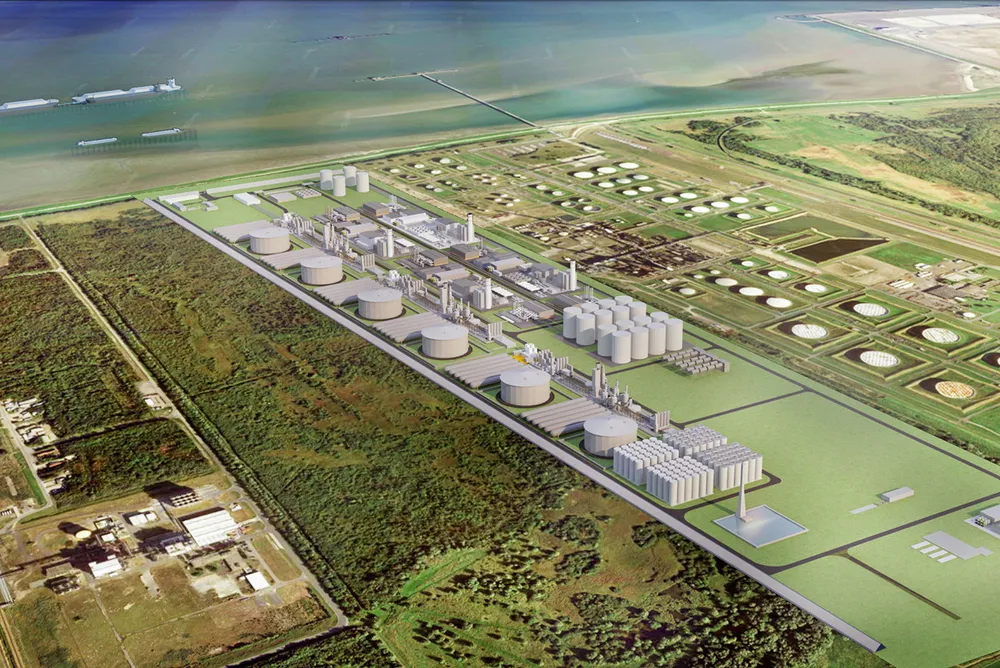German utility announces 500MW green hydrogen project at planned H2 import terminal in northwest Germany
Electrolyser would be installed by 2028 with possible later expansion to 1GW, although it is not clear where the renewable energy required would come from
